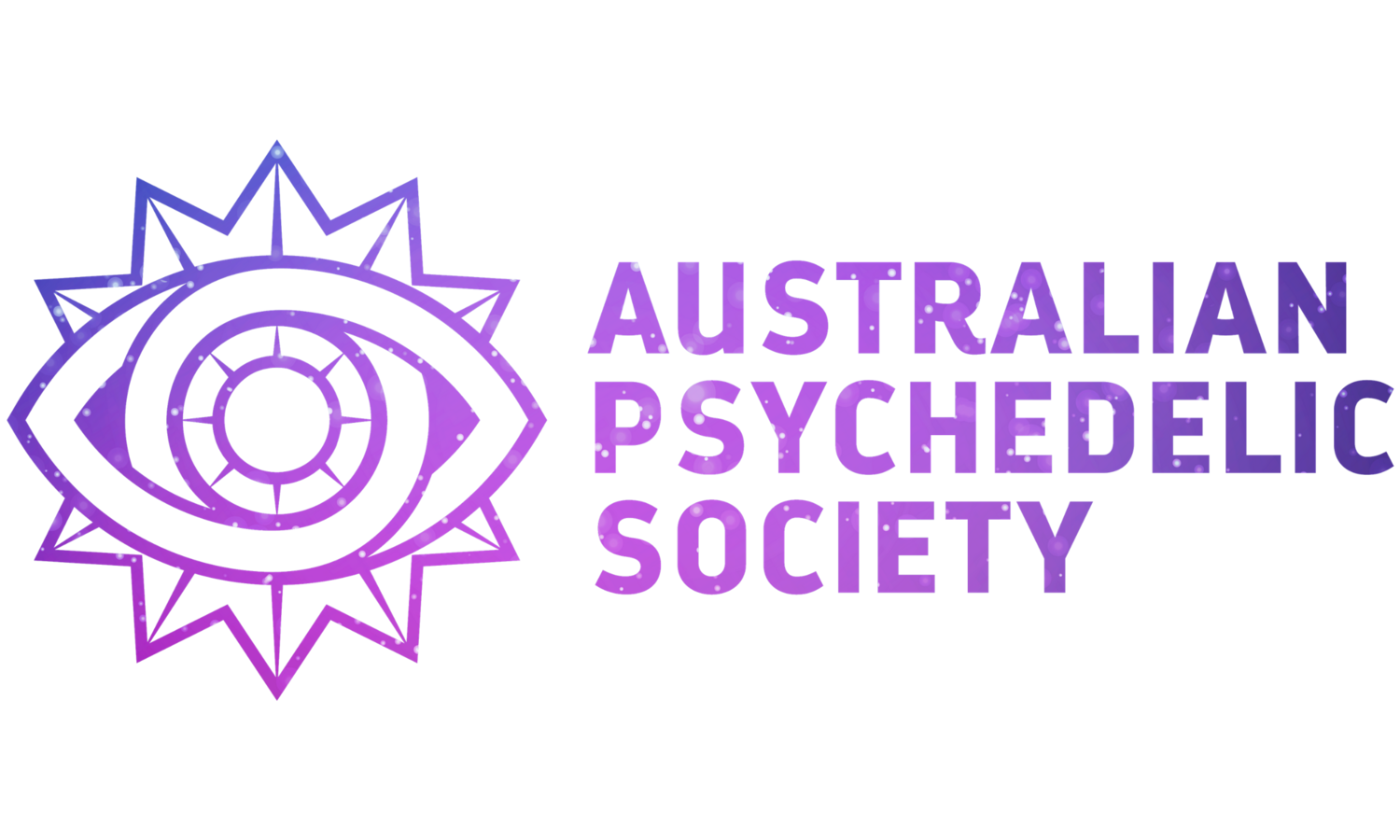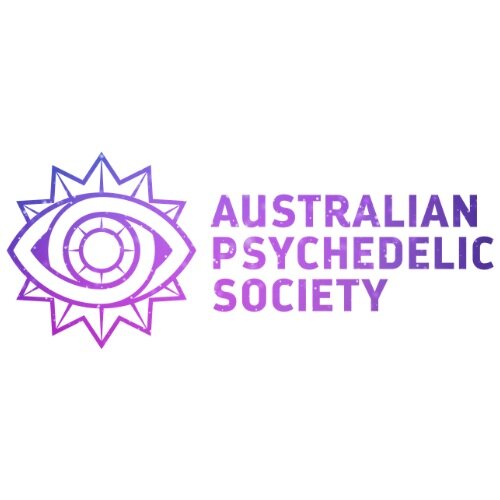Educational resources for southern Australian Psilocybe species
by Caine Barlow
Autumn is here, and with it the beginnings of fungi season. The growing interest in the benefits of Psilocybe for therapeutic use has seen a marked increase in the number of individuals seeking fungi from the genus Psilocybe across multiple Facebook groups and social media platforms. Care should be taken as some fungi can be mistaken for others, in some cases poisonous lookalikes - Psilocybe subaeruginosa is known to grow next to some Galerina spp. which are known to be deadly.
The species present in Southern Australia during autumn include Psilocybe subaeruginosa, Psilocybe semilanceata, and Psilocybe alutacea. Allied species also include species from the genus Gymnopilus.
Psilocybe subaeruginosa. Photo by Caine Barlow.
Psilocybe subaeruginosa (“p.subs”) has a caramel coloured cap fading to yellow as its hygrophanous cap dries out, often with remnants of the partial veil on the margin of the cap. It has a fibrous white stem which can vary in length and thickness, purple-black spore print, and all parts of the mushroom bruise blue. P. subaeruginosa is often found amongst Eucalypt debris, on the edges of forests, and paths through bushland or parks. P. subaeruginosa can be very variable in size, shape, and cap colour, and care should be taken to not confuse them with Galerina or Cortinarius. Galerina can be deadly.
Psilocybe subaeruginosa. Photo by Caine Barlow.
Psilocybe semilanceata (“liberty caps”) has a slim dark brown cap fading to yellow as its hygrophanous cap dries out - it has a distinctive pellicle on the top of the cap. It has a long fibrous white stem and purple-black spore print. The mushroom bruises blue, but faintly, most often at the base of the stem. Liberty caps can be found growing amongst long grass where animals have been grazing, growing from the decomposing grass rather than dung.
Psilocybe alutacea (“poo meanie”) grows from animal dung, and can be found growing on wombat or wallaby dung. It has a conical to convex dark brown cap fading to yellow as its hygrophanous cap dries out, a fibrous white stem, and purple-black spore print. The mushroom bruises blue, but it is faint and slow. This mushroom is often confused with Deconica spp.
Below we list some resources for Psilocybe subaeruginosa and Psilocybe semilanceata.
Psilocybe subaeruginosa
https://www.entheogenesis.org/reference-guide-for-psilocybe-subaeruginosa/
An Introduction to Psilocybe subaeruginosa, Caine Barlow:
https://www.youtube.com/watch?v=izPwU5Ossgc
https://doubleblindmag.com/psilocybe-subaeruginosa/
Psilocybe semilanceata
An introduction to Psilocybe semilanceata, Caine Barlow:
https://www.youtube.com/watch?v=njvo7WvehR4
https://doubleblindmag.com/mushrooms/types/liberty-caps/
General
Psilocybe mushrooms of Australia, Symon Beck:
https://www.youtube.com/watch?v=44Qwc_rG22s
Australian Psilocybe and their lookalikes, Caine Barlow:
https://www.youtube.com/watch?v=AEjMym7-ciE
Keep in mind that this information is for harm minimisation purposes. Psilocybin and psilocin are Schedule 9 substances, making the possession of psilocybin-containing fungi illegal in all states of Australia, with the potential for significant legal repercussions. Collection of any fungi from private land without permission is trespassing, and the collection of any plant or fungi from publicly owned land is also illegal, with a fine and criminal record being possible repercussions.



